Steps To Save A Life
- Nov 23, 2021

Knowing the steps to save a life can be a matter of life or death for victims of sudden cardiac arrest (SCA). The steps you take and how quickly you take them in an emergency situation can help save a life. According to the American Heart Association, brain damage can occur five minutes after breathing has stopped. This is why it is so important to quickly call 9-1-1, start CPR and then use an AED to give the victim the best chance of survival.
1. Call 9-1-1
If someone is experiencing SCA they will become unconscious and collapse unexpectedly. Once this occurs, 9-1-1 should be called immediately. When they arrive, they can take over performing CPR as well as provide an AED to be used if one is not available on the site of the collapse. In the United States, the average ambulance response time is eight minutes. While you await their arrival, CPR should begin immediately.
2. Start CPR
According to the CDC, a victim of SCA has a 2-3x increased chance of survival when CPR is administered. If you are unfamiliar with how to perform CPR, there are online and in-person CPR classes that can train you on not only how to perform CPR, but how to recognize an emergency situation, how to treat all ages with CPR or first aid and how to use an AED.
3. Use an AED
Depending on where the victim collapses there should be an AED nearby. Schools, doctor offices and most businesses should have an AED readily available. After 9-1-1 is called and CPR is started, as soon as an AED is found it needs to be used to give the victim the best chance of survival. AEDs can be used easily by anyone, even if they have never used one before. They come with audio and/or visual cues and guide you each step of the way to deliver the shock.
SCA response time is important. Following these steps and performing each immediately can increase the chances of survival for the victim.
Share:
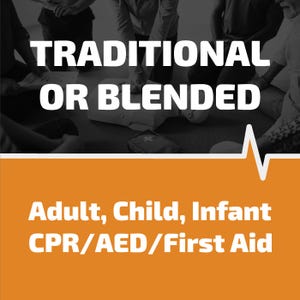

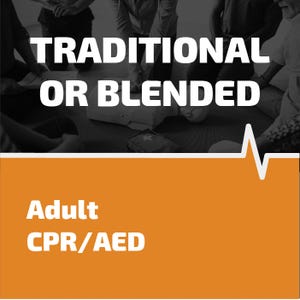
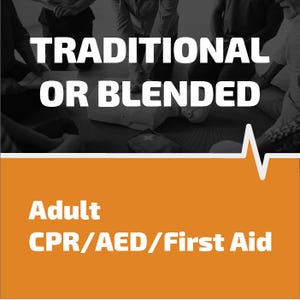





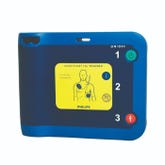

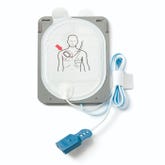
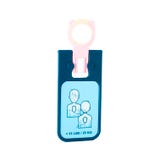
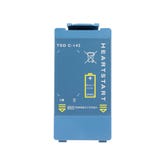
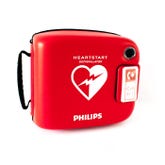
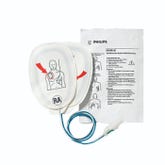

 CALL US:
CALL US: